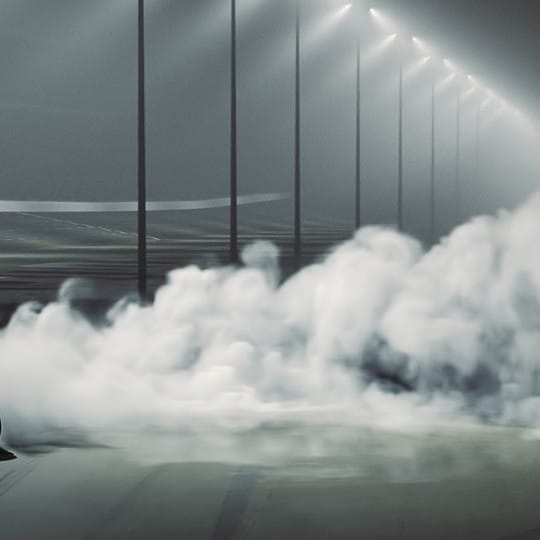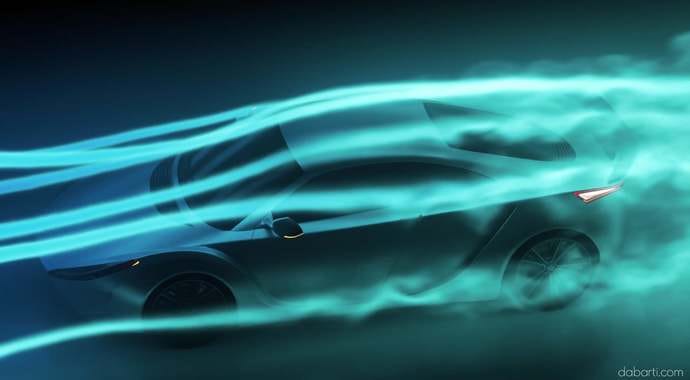In the latest installment of V-Ray Next for 3ds Max, we've added the ability to render volumetric effects with V-Ray GPU. And to help us see what it can do in production, we asked our resident GPU rendering expert Tomasz Wyszolmirski of Dabarti Studio to take it for a test drive. We were blown away by the results.
Volume rendering with V-Ray GPU is here, and you’re going to love it. It brings a realistic cinematic look to your GPU-rendered shots and has instantly become one of my favorite features. With the arrival of V-Ray Next for 3ds Max, beta 3, you now have ability to render volumetric fog and simulated volume grids.
At Dabarti our goal is to get final renders right out of the frame buffer — without using any post production or color grading outside of V-Ray. Rendering volumes helps make this possible, and here are a few examples.
VRayEnvironmentFog
Adding VRayEnvironmentFog can instantly improve the look of most shots. Lighting will behave more accurately — giving you a realistic hazy look — as it scatters through the fog and loses some its intensity. This also affects reflections and refractions in a physically correct way.
Here are some examples of our Salt, Pepper and Basil project with renders right out of the frame buffer. It’s one of the first cases where we used fog with V-Ray GPU. The effect is subtle but important.
 © Dabarti Studio
© Dabarti Studio © Dabarti Studio
© Dabarti StudioBugs Theater
In the case of Bugs Theater the fog is much stronger. I was aiming for a dreamy, mysterious look so all the shots were set up with fog on at all times. This helped find a nice balance between the lights, and it created interesting backgrounds for the tiny insects.
 © Dabarti Studio
© Dabarti Studio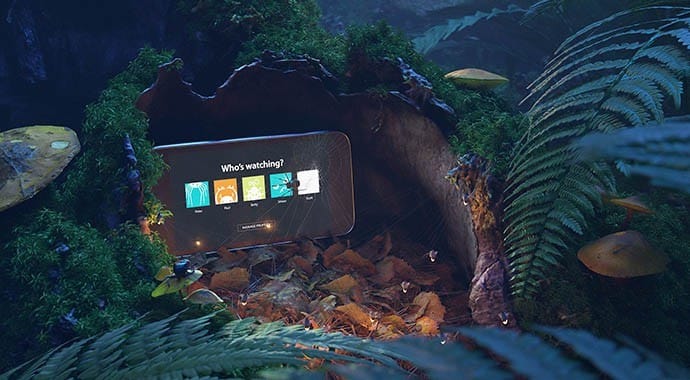 © Dabarti Studio
© Dabarti Studio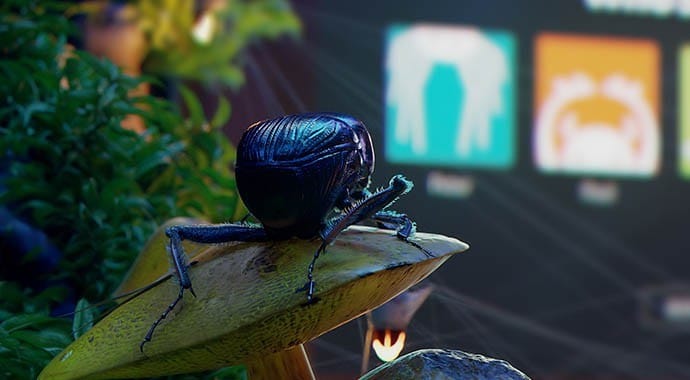 © Dabarti Studio
© Dabarti StudioBesides the examples above, there are a huge number of shots that can benefit from adding fog. I encourage you to try it. It can be a handy tool for any creative project.
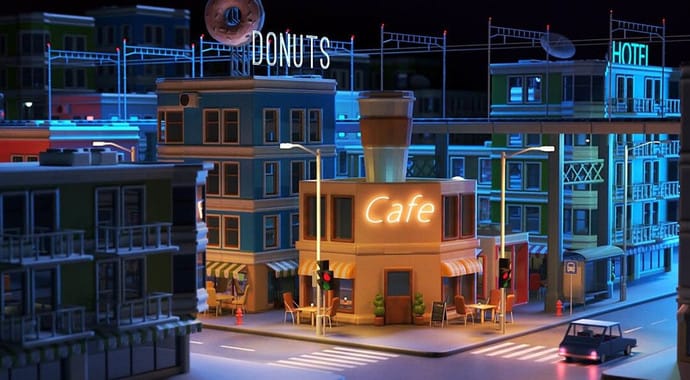 © Dabarti Studio
© Dabarti StudioNo volumes.
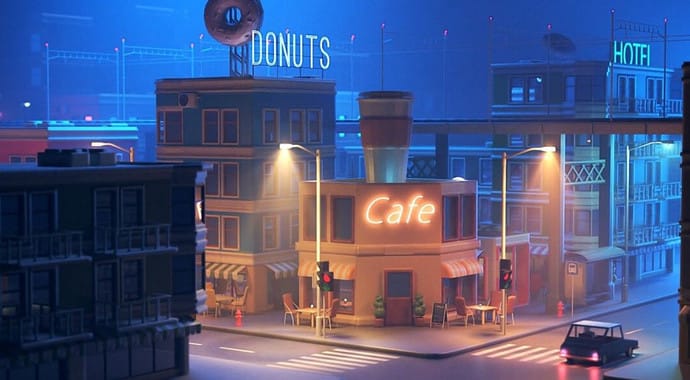 © Dabarti Studio
© Dabarti StudioWith volumes.
Volume Grid & Phoenix FD
Now that V-Ray GPU supports the Volume Grid, you can render volumetric data from three different formats:
- OpenVDB (.vdb ) — Supported by Houdini®, FumeFX® and RealFlow®
- Field3D (.f3d ) — Supported by FumeFX® and Maya® (using 3rd party plugins)
- PhoenixFD (.aur ) — Phoenix FD®
This gives you multiple options for generating smoke and fire, but my personal favorite is the ability to quickly simulate and render Phoenix FD grids. You can actually render the volume on the GPU while Phoenix FD is busy simulating on the CPU! Here’s the video:
To experiment further with volume grids, we created two scenes below. I already know we’re going to use volumes constantly in production. Have fun playing, and thanks for reading.

